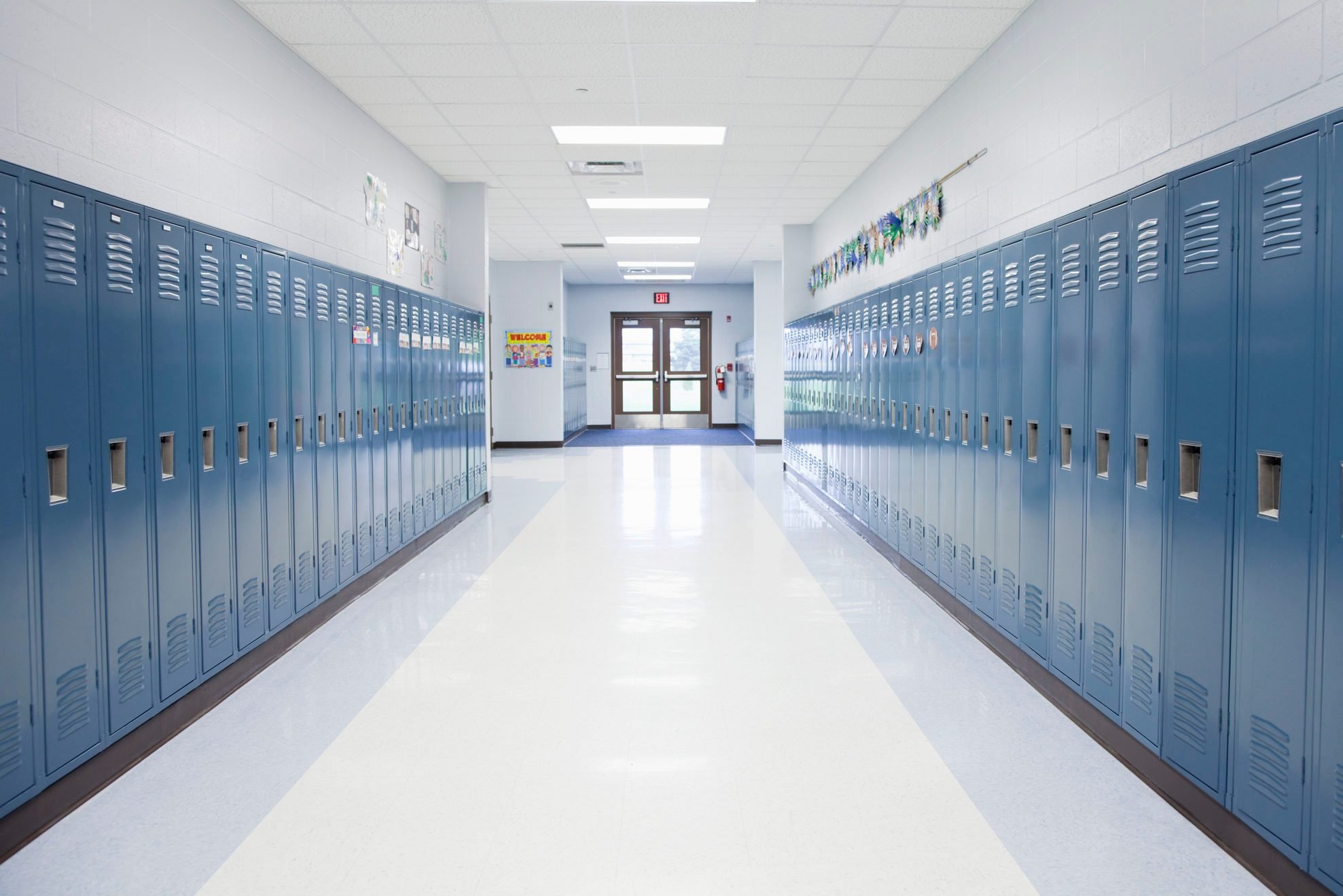
Changing education
Schools and universities were thrown a major curveball when the country went on lockdown in 2020 due to the COVID-19 pandemic, and most education switched to virtual learning. Now that summer’s here, many parents and educators still don’t know what will happen when school starts back up in the fall, but one thing’s for sure: Classrooms and college campuses won’t be quite the same—and some of those changes might be here to stay.
Flexibility in learning methods “could ultimately be a good thing in terms of our ability to care for families and educate students, with greater recognition of how out-of-school factors affect kids’ learning,” says Elizabeth Self, PhD, assistant professor of the Practice of Social Foundations of Education, Department of Teaching and Learning, at Vanderbilt University. “But in the short term, it’s asking us to rethink a lot of how we do schooling without necessarily having the time or resources to devote to it.” Schools also want to be prepared for whatever happens next.
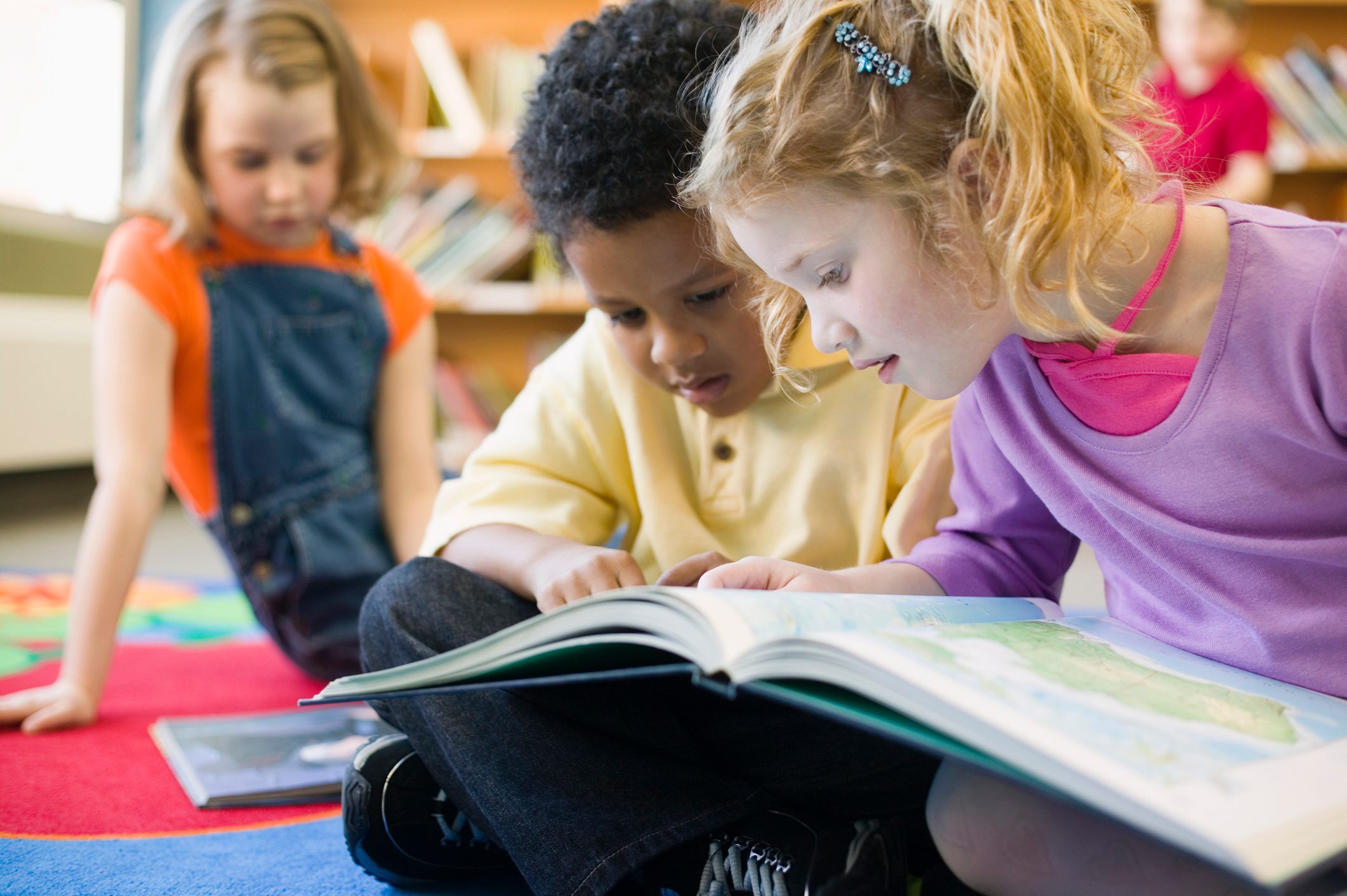
Shared materials
Elementary students are usually encouraged to share. But with coronavirus very much still around, they should keep their belongings to themselves, per CDC guidelines for schools. “Schools will be more likely to have students keep individual materials, like crayons and scissors, at their desks, in a personal cubby or in their book bags rather than sharing them, as they often do in elementary classrooms,” Self says. This may get trickier with shared items in specialized middle school and high school classrooms like science labs, art, music, and computers (unless kids are given their own laptops). To account for the additional cleaning needed, “in addition to limiting the use of shared materials, schools may begin adding cleaning materials to students’ supply lists, much in the way they currently ask for tissues and disinfecting wipes,” Self says. “School districts will likely add procedures and resources, like sanitizing technologies, that can be called on.”
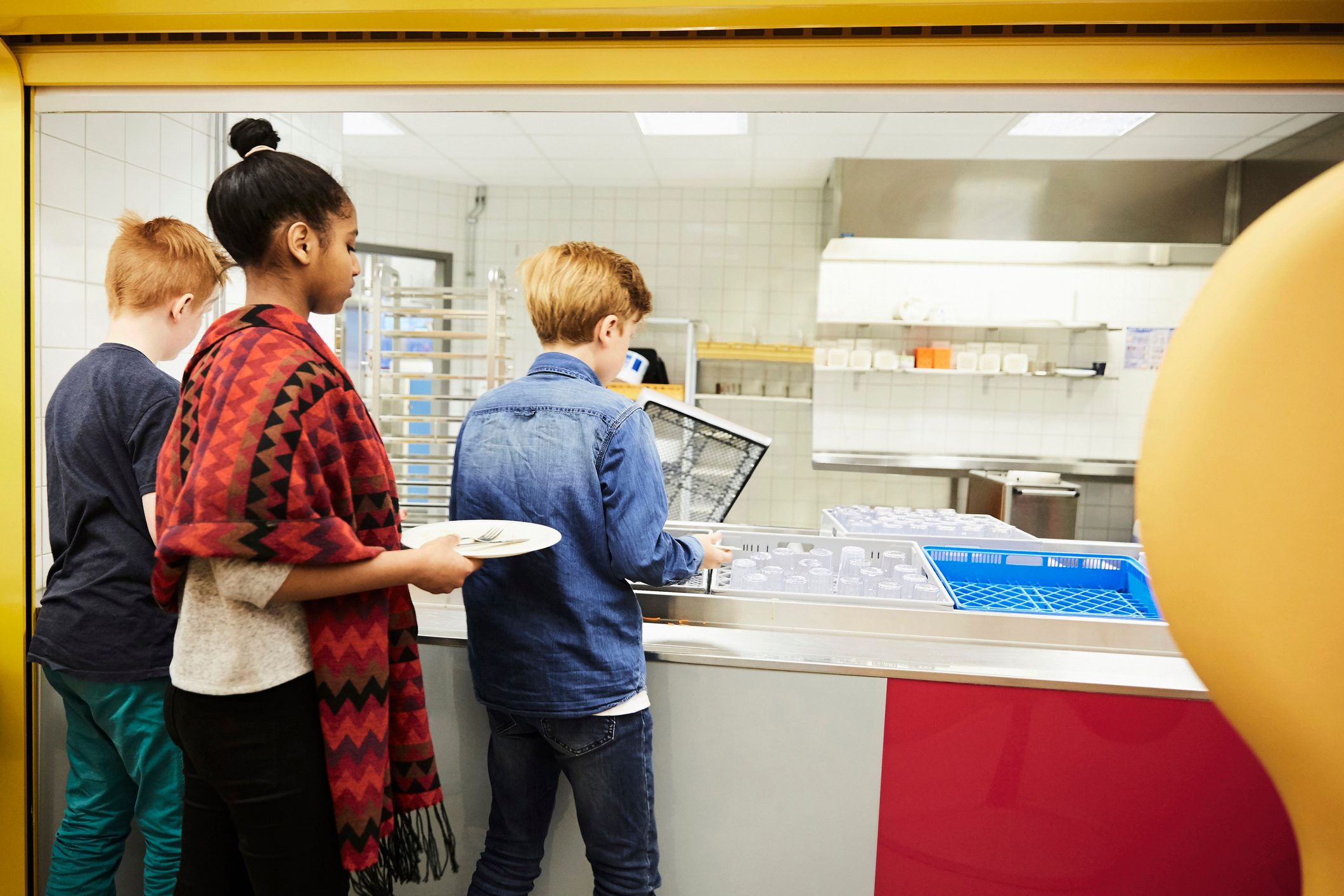
Lunchrooms, recess, and assemblies
Schools will also look to limit the number of students who are together at one time. For example, the CDC suggests that students eat lunch in their own classrooms. In addition, “assemblies might be held with smaller groups—having a presenter in front of just a few classes or a single grade level—or held virtually by having students view a prerecorded or live presentation on a screen in their classroom,” Self says. “Recess certainly seems like the hardest gathering to reimagine in a way that keeps its originally intended purpose: giving kids unstructured time together. But images and stories coming out of other countries that have reopened suggest it’s possible.” This likely means smaller groups at recess and social-distancing measures. These 20 photos will define the era of social distancing.
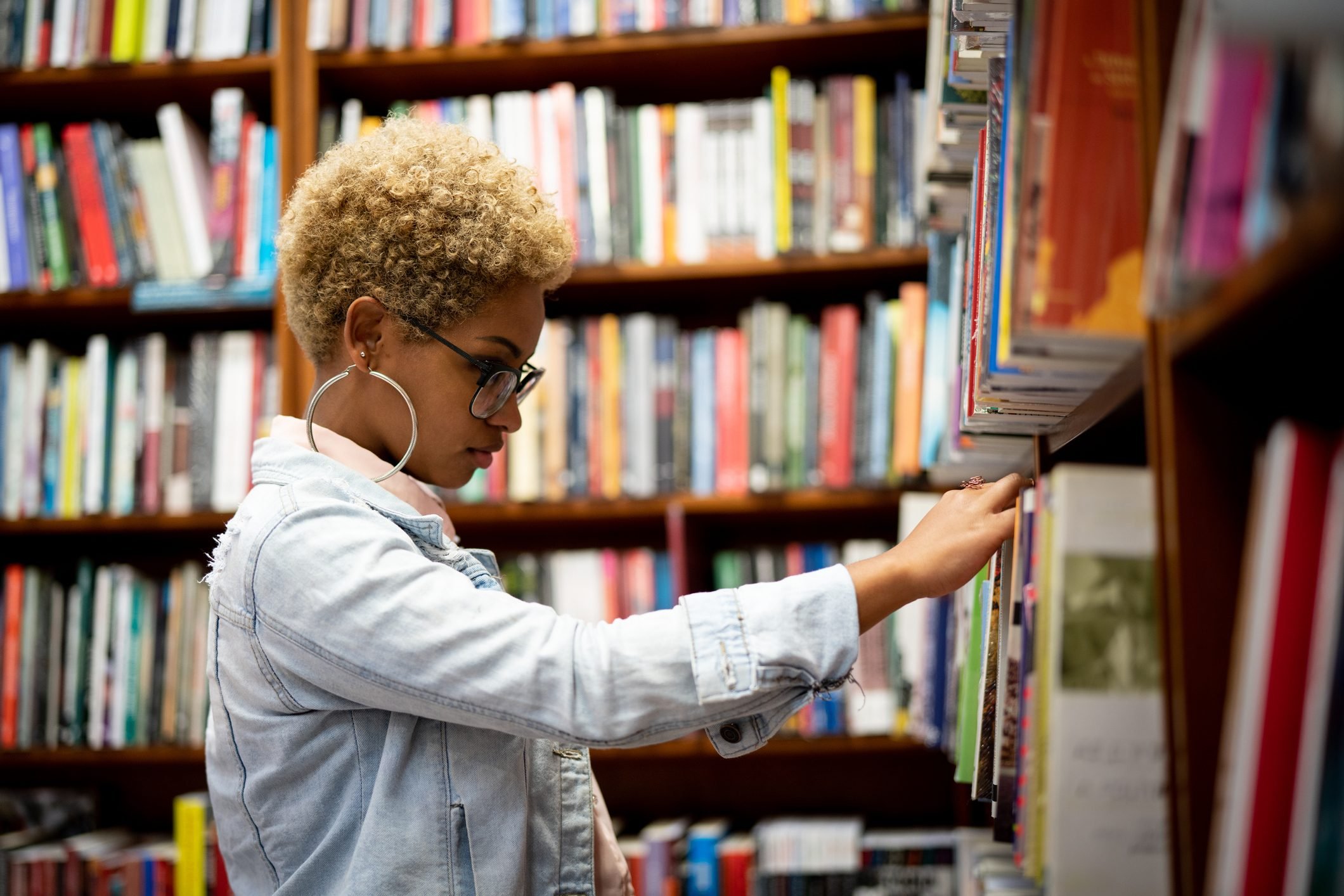
Library books
Some might say there’s nothing like the feel of a real book in your hands, but for the moment, actual books might be going the way of the card catalog. “Schools will likely look for ways to replace tangible materials, like hard copies of books with digital options—such as e-book and audio versions—where they can, at least in the immediate future,” Self says. “Libraries may also establish policies about how to sanitize books, including quarantine periods that simply slow the circulation of physical text, an approach that may be applied to other shared tools like keyboards or laptops.” So, when a book is returned, it might sit out of circulation for a few days until any germs on it have died.
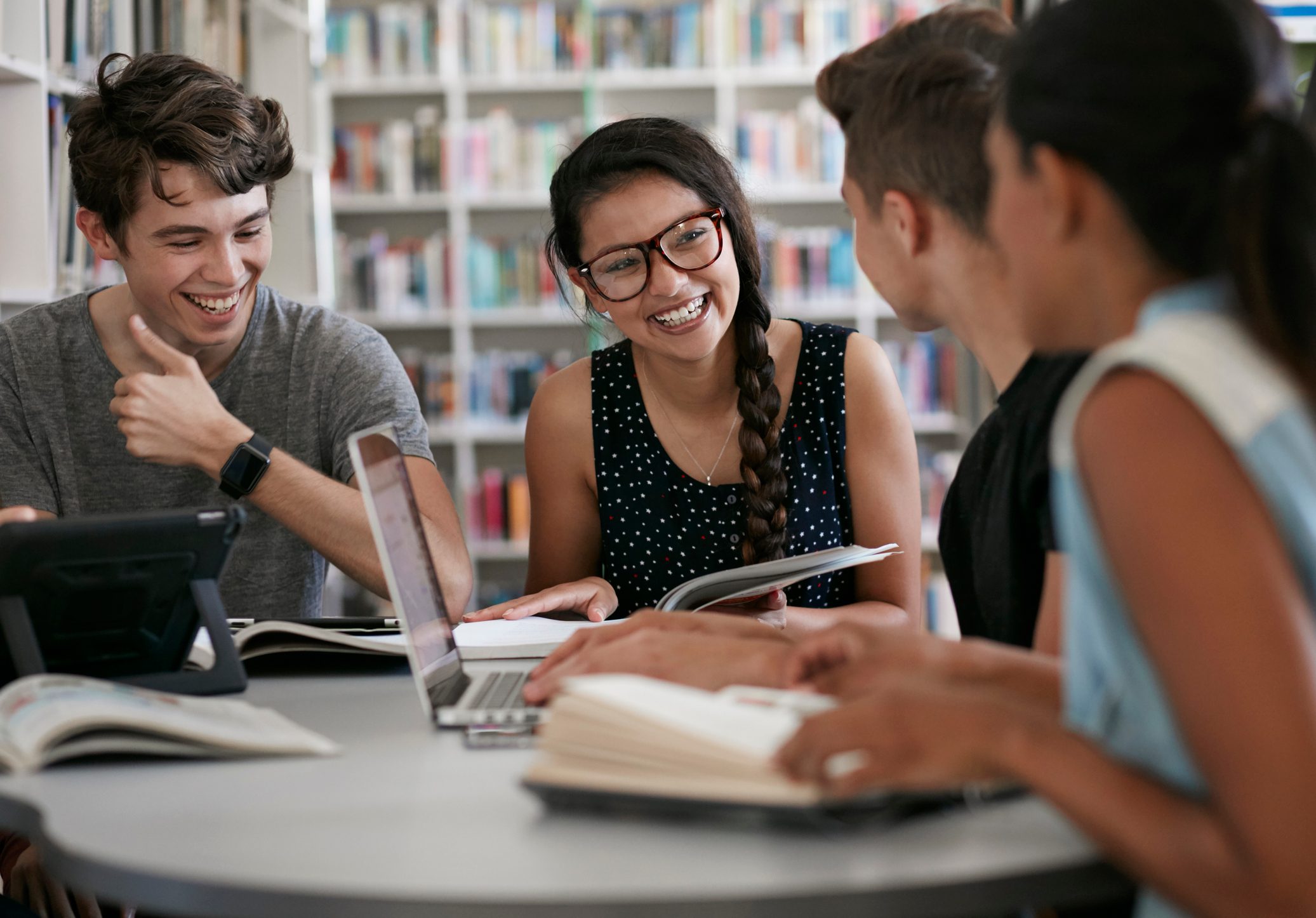
Group tables
Particularly in early grades, children often sit together at group tables—but not anymore, since that wouldn’t allow for six feet of distance between students. “It may make sense to arrange classrooms to lessen the risk of spreading the virus, but in the long term, classroom arrangements are related to the kind of learning that can happen. So, if kids can’t face or interact with each other because they have to be kept far apart, it limits the kind of collaborative learning that can happen,” Self says. “It doesn’t mean it’s not possible, but it will require educators at all levels to start to think about how to support students’ learning and working with each other while limiting spread.”
If class sizes are smaller, as the CDC suggests, this will make it easier to spread out student desks. But that might mean either hiring more teachers (which is not in the budget of many districts) or having students come in shifts for half days or only a few days per week, with the rest of the time spent learning at home. Schools simply might not have the physical space to spread out all students at once. This is school for the future, but here’s what school was like 100 years ago.

Different rooms for different subjects
Another way to limit germ spread is to keep the same students together all day in smaller “cohorts.” So, instead of going to English, History, and Math, the teachers of those subjects might come to them. “In the short term, students with similar schedules may be lumped into small cohorts and take all their classes together, in order to minimize the contact any individual student has with their classmates,” Self says. “Or instruction might continue online with students assigned to a specific classroom simply to provide them with a place to be during the day as caregivers return to work.” Elementary students are usually together all day anyway, but in middle and high school, it gets more challenging because of the variety of classes and specialized classrooms students might need, she adds.
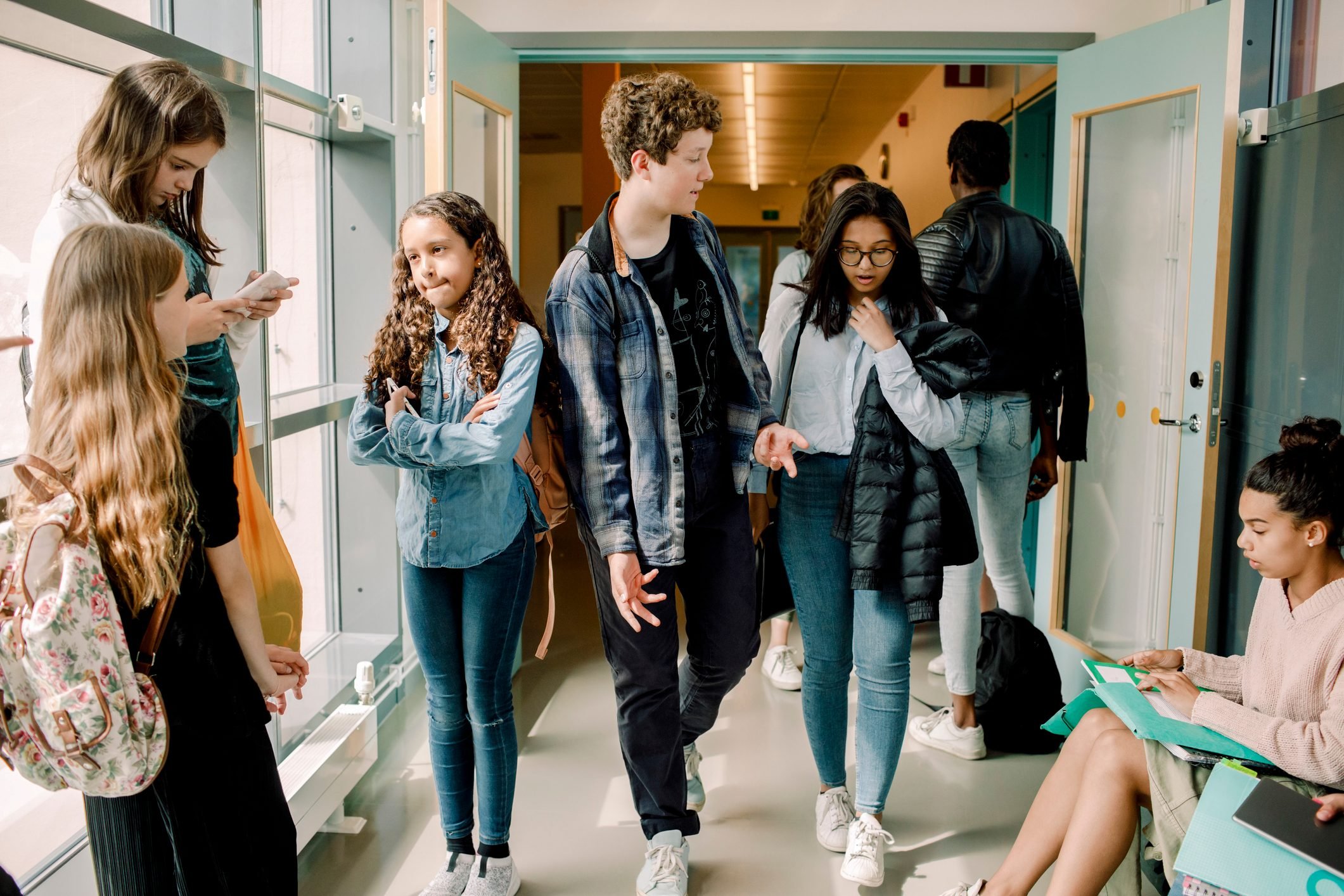
Crowded hallways
Hanging out at lockers in between classes might soon be an old-fashioned pastime, as schools look to avoid groups crowding together in hallways. “Hallways in many elementary schools can be made one-way or organized so that few classes are in the halls at the same time,” Self says. “High schools present a larger challenge because of the use of lockers and passing periods.” Students and teachers will also likely need to wear masks in between and during classes.
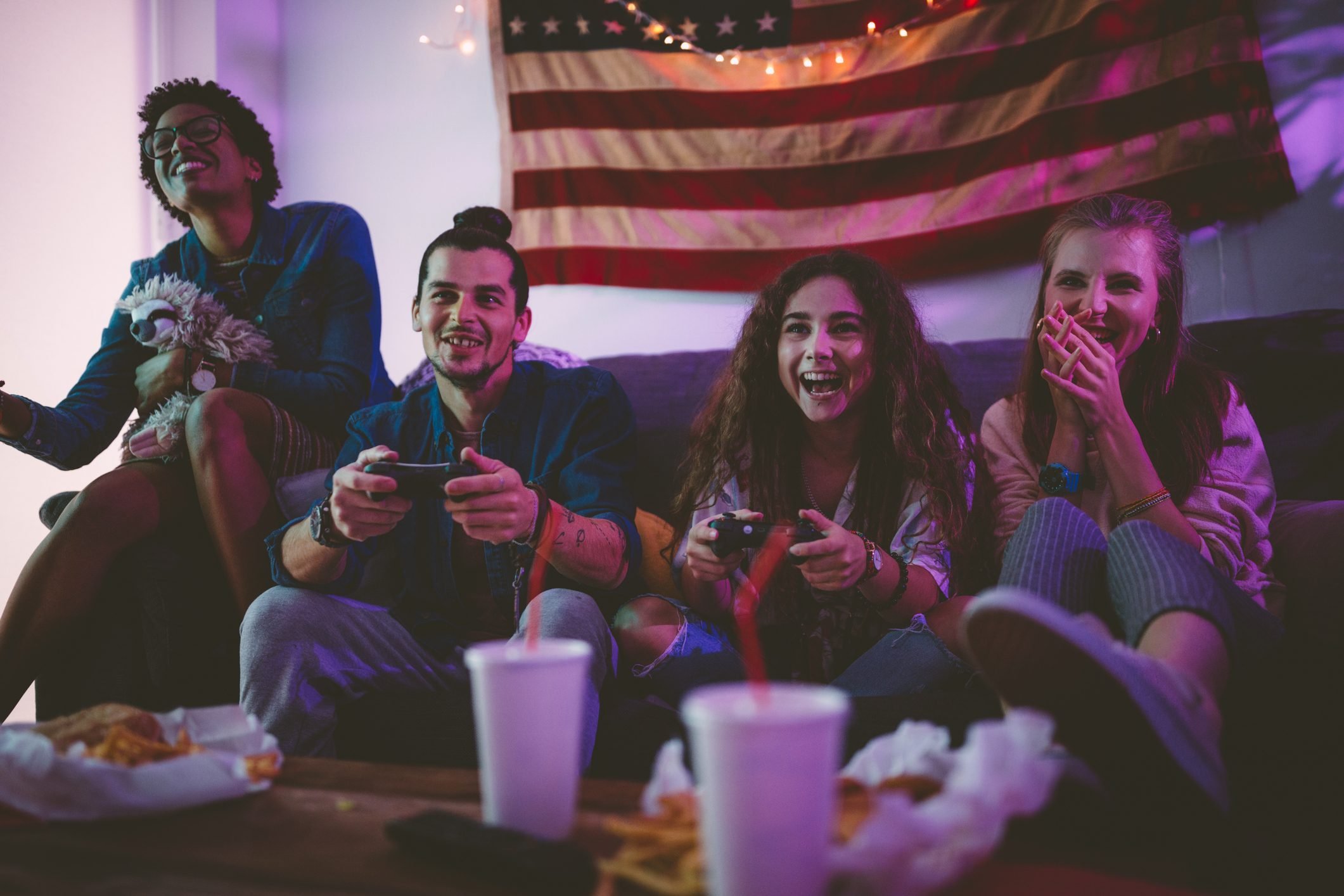
Full college semesters
K–12 classes aren’t the only grades that will undergo changes next year: Higher education will, too. Flexible or “hybrid semesters,” a combination of in-person and online learning, will likely be implemented. “These may include a reduction in how many students are on campus at any given time,” says Melissa A. Venable, PhD, an online education advisor for the college research and resource site BestColleges. “This could happen through changes in class schedules, as well as offering online and in-person attendance options simultaneously.”
In addition, “many schools will forgo a fall break, and will end face-to-face instruction by Thanksgiving, at which point the entire semester will end or instruction will go online,” says Marnix Broer, co-founder and CEO of StuDocu, an ed-tech platform that aims to help students facilitate knowledge sharing, which might normally occur in study groups or at the library. “At some universities, students will have the flexibility to finish the academic year through next summer.” Or, students might start early in order to finish before Thanksgiving, Venable says.

Big lecture halls
That giant Freshman 101 lecture might be a thing of the past. With large student gatherings likely to be prohibited, “seating in large lecture halls may be reconfigured to allow students to maintain physical distance,” Venable says. “Even schools that are returning to campus this fall may decide to keep large lecture-hall classes online to avoid the potential of having hundreds of students in one space.” Offering more classes is another option. “A popular plan for reducing capacity is to implement additional classes that will take place earlier and later in the day to make classrooms less dense,” Broer says. Some universities, he adds, are also looking to cluster students in smaller “cohorts” who live and take classes together.
But there is one natural way that student numbers might be reduced: More high school seniors are opting for a “gap year” instead of starting college under the shadow of COVID, Venable says. Find out 13 everyday habits that could (and should) change post-coronavirus.
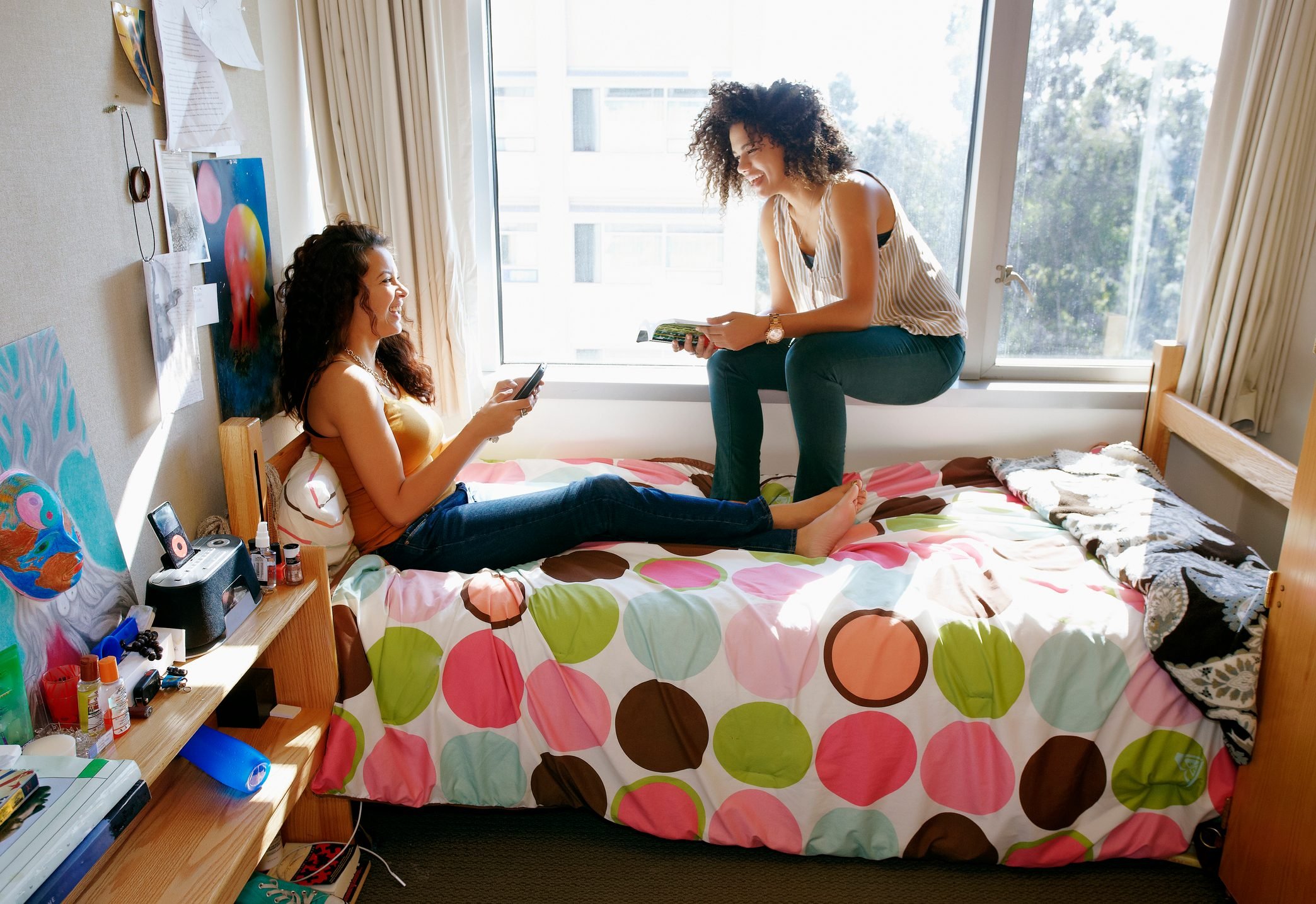
Dorm roommates
College dorms are notorious germ-spreading grounds, but universities will take measures to combat this. “Schools are working to provide all students with single rooms if possible, significantly reducing their normal residence-hall population and eliminating the traditional college experience of sharing rooms with roommates,” Broer says. “Some are converting triple dorm rooms to double rooms to reduce capacity, and most are setting aside single rooms for immunocompromised students, isolation, and quarantines.” This might mean adding more housing locations, Venable says.
As for dining halls for resident students, both Boer and Venable say there will be more prepackaged “grab and go” items rather than salad-bar and cafeteria-style options. While we’re on the subject of food, here are 10 ways your favorite restaurant may change after coronavirus.
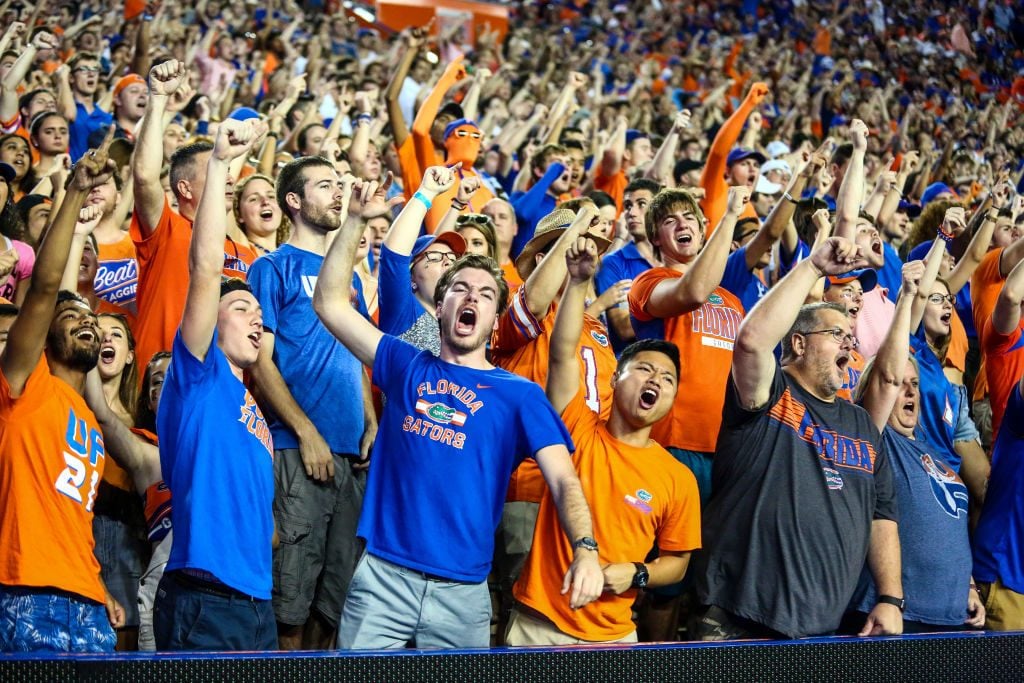
Traditional college sports and activities
“Although many colleges will be open this fall, it’s possible that not all activities may resume,” Broer says, particularly given financial constraints and the likely inability to have as many spectators (if any) at big games. “At sporting events, spectators will be spaced out in stadiums, if they’re allowed to attend at all.” Many decisions haven’t yet been made for athletic programs or music and theater programs, he adds.
But regardless, things will likely be different. “From social events and student clubs to sports and even orientation, students may find themselves meeting in smaller groups or continuing to connect with each other in virtual spaces,” Venable says. “The college experience is changing in ways that may be both disappointing and inconvenient for students. What I hope they can see, however, is their school’s focus on keeping everyone as safe as possible, while also providing the opportunity for classes to continue so they can make progress toward their degree.”
For more on this developing situation, including how life might be different post-lockdown, see our comprehensive Coronavirus Guide.
